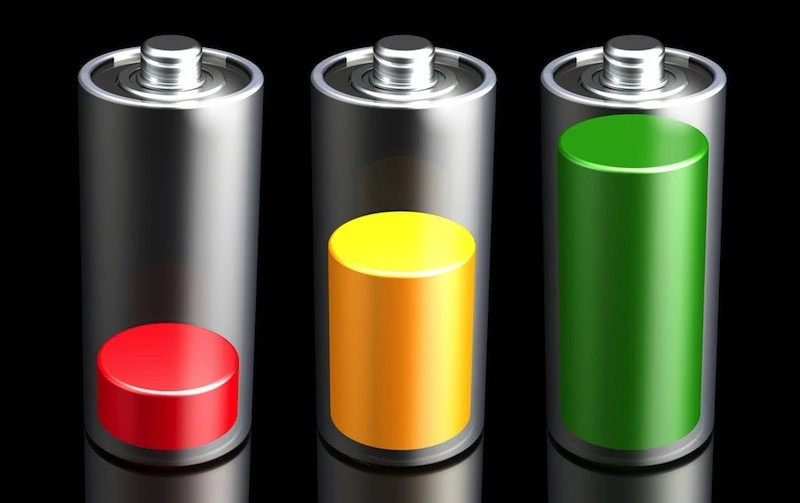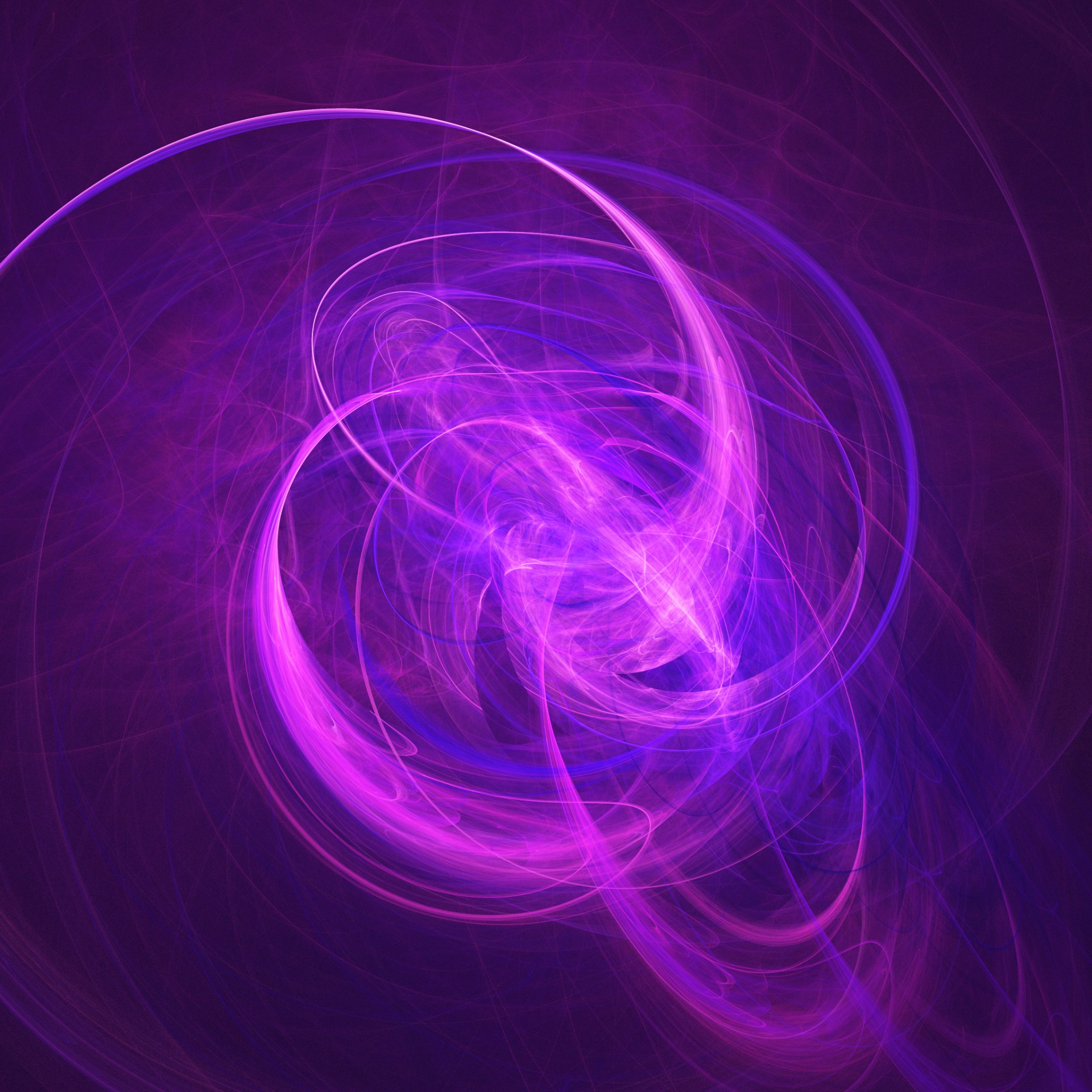
Electricity

Electricity is a phenomenon that arises from the directed flow of energy, assuming that there is an uneven energy state in its surroundings.
When assessing electricity, we can draw parallels with how magnetism works, as these phenomena are closely related. The main difference is that magnetism represents passive direction of energy, where the formula m⋅c=constm \cdot c = \text{const}m⋅c=const remains constant. In contrast, electricity does not adhere to this rule – the constant may vary depending on where and how electricity flows. This imbalance between electricity and its surroundings can occur in two ways:
Imbalance can be caused by a higher speed of energy c. This can be achieved in accelerators, such as in a dynamo. Mechanical motion results in a slight acceleration of energy, which can be due to rotor movement, rotating magnetic fields, or simply moving a magnet through space. Additional speed is added to the directed energy through mechanical motion, accelerating its flow. The methods of generating electricity are well described in the scientific literature, so we will not delve further into this topic.

Imbalance can be caused by a higher density of energy. This method of generating electricity is the most common natural phenomenon, often referred to as static electricity.
Note: Currently accepted scientific hypotheses fail to satisfactorily explain the nature of electricity and consider it as some sort of special medium. In this discussion, however, electricity is understood as a simple phenomenon whose understanding is not difficult. Therefore, a more detailed explanation is provided below:
The simplest example of electricity generation is the situation in storm clouds. Here, small water droplets combine into progressively larger droplets. This process is the only significant phenomenon occurring in clouds that has been observed.
In other words, it is merely a change in the geometry of the bodies. When two droplets merge into one, their volume remains the same, but the surface area changes significantly. The surface area of two droplets is about 20% larger than the surface area of the droplet formed by their combination.

As we have mentioned in previous chapters, on the surfaces of bodies (whether solid or liquid), there is a compression and slowing down of energy before it passes through the body.
When two droplets merge and the surface area decreases, a necessary imbalance arises between the energy on the surface of the bodies and the energy in the surrounding environment. If the merging of droplets occurs rapidly and the droplets continuously grow, this energy can escape, often in the form of a lightning bolt.
This principle applies to the formation of any static electricity. A change in the size of the area where the energy is concentrated always leads to an imbalance of energy with the surroundings, which we refer to as static electricity.
This change can be achieved, for example, by cooling a body. A striking example is a volcanic eruption, where gas particles change their surface area as they cool, which can cause the crater of the volcano to be surrounded by lightning.
For interest: The Earth as a whole is also cooling down. This process leads to a reduction in the volume of condensed energy surrounding nucleons and atoms. Unlike atmospheric conditions, where lightning is a typical phenomenon associated with changes in surface area and subsequent energy imbalance, the situation is different for the Earth.
Since the cooling of the Earth does not produce lightning, which results from rapid changes in the energy surface in the atmosphere, this process on a planetary scale involves different forms of energy. Possible manifestations of such cooling may include geothermal phenomena and volcanic activity, which are the results of changes in condensed energy and the internal dynamics of the Earth.
Cooling of the Earth does not cause lightning, but it can influence the energetic and dynamic processes within the planetary structure and geological activities.

This simple principle repeats at all levels of matter existence. Whenever there is a change in the surface area of a body, excess energy is always released. For example:
- Nucleon Fusion: When nucleons combine, the surface area of their interaction reduces, leading to the release of energy that manifests as an atomic reaction.
- Atom and Molecule Fusion: In chemical reactions where atoms and molecules combine, the surface area of their interactions also changes, releasing energy in the form of chemical reactions.
- Static Electricity: At the level of macroscopic bodies, when the size of the surface of a body changes, such as during cooling or changes in the size of water droplets, an imbalance occurs that manifests as static electricity.
This principle forms the basis for understanding the origin of electricity in all cases. Within reciprocal physics, no other mechanisms for the generation of electricity are recognized. When applying any assumptions of contemporary science, detailed examination and iterations lead to conflicts with objective natural laws.
Conductive and Non-Conductive Materials
Materials are divided into conductive and non-conductive categories. Conductive materials allow the easy flow of electrical energy, while non-conductive materials obstruct the flow of electricity. In other words, conductors and insulators.

Conductors
Conductors are materials that allow the passage of energy in the form of electricity due to their properties and shape. Some of these materials also have the ability to be magnetized, such as ferromagnetic metals.

Insulators
Insulators are materials that, due to their properties and molecular structure, do not allow the passage of energy in the form of electricity.

Semiconductors
Semiconductors are materials whose molecules can assume a specific position that allows the flow of electricity. If the electricity flows in the opposite direction, the molecules are unable to adjust to this position, which prevents the flow of electricity.

Batteries and accumulators are based on the principle of energy imbalance described in the previous chapters. They involve a chemical reaction that typically includes a change in the surface of the molecules. In accumulators, this reaction is reversible due to the ability to supply energy again.
Both possibilities of imbalance—change in energy speed and change in energy density—often contribute simultaneously to the phenomenon of electricity. In many cases, it is not possible to precisely determine the proportion of each component contributing to this phenomenon. It can also happen that the imbalance is caused by a change in the constant.
So far, this is purely a theoretical possibility, with the energy equilibrium formula allowing for this option. On Earth, it is difficult to observe this situation, but it cannot be ruled out that in some regions of the universe, energy might spread through space with a different constant composition.
Under such conditions, all objective natural laws would naturally respond. Energy vortices would form in the cosmic tetrahedron, leading to the formation of solid and material bodies, including planets, stars, and galaxies.

